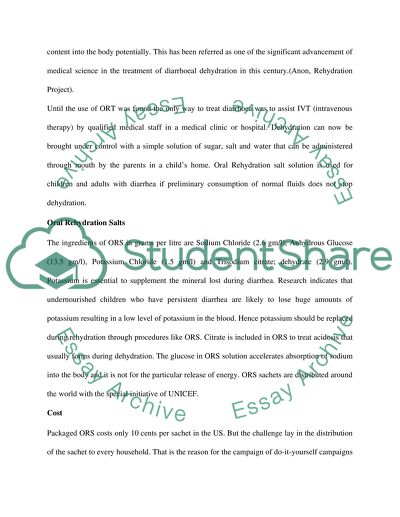Literature review Essay Example | Topics and Well Written Essays - 3000 words - 2. Retrieved from https://studentshare.org/miscellaneous/1547066-literature-review
Literature Review Essay Example | Topics and Well Written Essays - 3000 Words - 2. https://studentshare.org/miscellaneous/1547066-literature-review.


